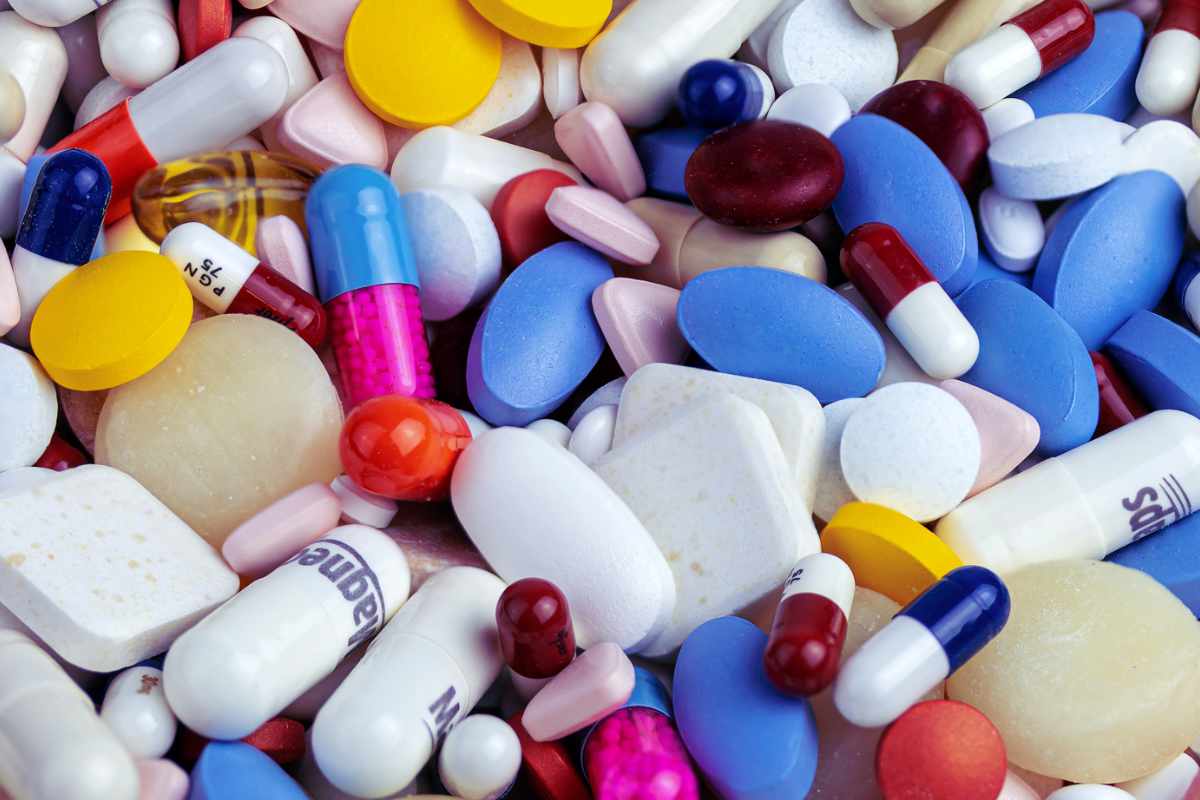
And that means that a still unregulated and potentially dangerous drug can be identified in just a matter of days.
In addition to the classic drugs that have been used for some time and whose risks are known – such as cannabis or cocaine – there are also so-called ‘designer drugs’ (see box). Since the risks of these drugs are unknown, their use can be quite dangerous. However, researchers have now devised a way to predict which designer drugs will hit the market. A technology that can save lives.
A designer drug is actually a classic drug that has been slightly modified, creating a new substance. But because this new substance has not yet been included in the Opium Act, it is not prohibited. And that’s how sellers, users and chemists avoid the law. The use of designer drugs can be quite dangerous, because the risks of the new substances have often not been mapped out.
Right now, enforcement agencies are committed to uncovering and regulating new versions of dangerous drugs. However, it can often take months before these so-called ‘legal high’ be seized and identified. Meanwhile, thousands of people may have already used the new designer drug, with all the consequences that entails. “The vast majority of designer drugs have never been tested on humans and are completely unregulated,” said study researcher Michael Skinnider. “They are therefore a major public health problem.”
To predict
But scientists have now devised an effective way to reduce identification time from months to just days; something crucial in the race to identify and regulate new versions of dangerous drugs. How? Using smart computers, the researchers have succeeded in predicting which designer drugs will come onto the market next.
Minority Report
“The fact that we can predict which designer drugs are likely to hit the market is a bit like the science-fiction movie ‘Minority Report’,” said study researcher David Wishart. In the film, a department is set up in a future Washington that catches murderers before they commit the murder. “Essentially, our software gives enforcement agencies and public health programs an edge over chemists and lets them know what to look for,” said Wishart.
Algorithm
The researchers used a database of known psychoactive substances in their study. Using artificial intelligence, they constructed a smart algorithm that mastered the structures of these drugs. The model generated approximately 8.9 million potential designer drugs on that basis. The researchers then analyzed 196 designer drugs that had appeared on the illegal market since the algorithm was created. It leads to a surprising discovery. Because the algorithm was able to successfully predict almost all new drugs (90 percent).
Unknown substances
Remarkably, the algorithm had also learned how likely it is that certain compounds of substances will appear on the market. And that means that even completely unknown substances can be more easily identified. The researchers found that in 72 percent of cases, the algorithm ranked the correct chemical structure of an as-yet-unidentified designer drug in a top ten of candidates. “It’s amazing that the algorithm performed so well,” notes Skinnider. “Elucidating entire chemical structures based on accurate mass measurement alone is generally considered an unsolvable problem. Narrowing a list of billions of structures to a set of just 10 candidates could greatly accelerate the pace at which new designer drugs can be identified by chemists.”
The same algorithm could also be used to discover all kinds of new connections, the researchers emphasize. Think of new, performance-enhancing doping for athletes, but also previously unknown molecules in human blood or urine. “There’s a whole world of chemical ‘dark matter’ out there right now,” says Skinnider. “But with the help of artificial intelligence, we can shed light on this as yet unknown chemical world.”
Source material:
“UBC researchers train computers to predict the next designer drugs– University of British Columbia (via EurekAlert)
Image at the top of this article: Myriam Zilles via Unsplash